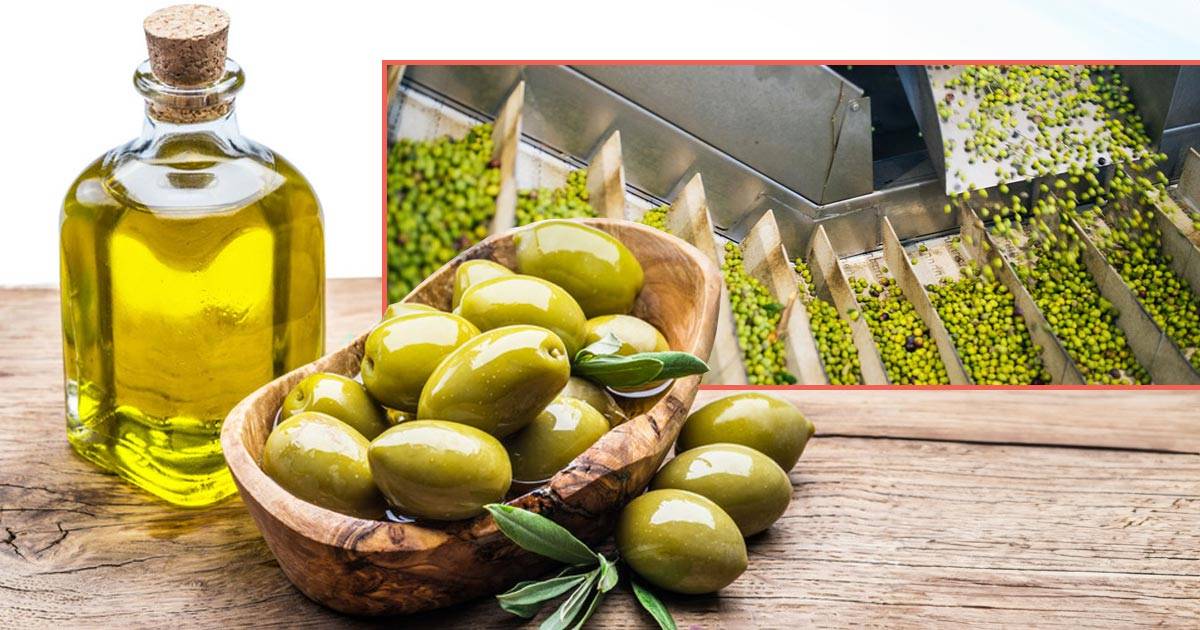How is Olive Oil Made: Step-by-Step Process Explained

Olive oil, a staple in Mediterranean cuisine and beyond, is cherished for its flavor and health benefits. Ever wondered how this liquid gold is made? From cultivating the perfect olives to bottling the final product, the process is as intricate as it is rewarding.
Cultivars
Olive oil production begins with selecting the right cultivars, or olive tree varieties, which influence the oil’s flavor profile and yield. Varieties like Arbequina and Picual are popular for their robust flavors and high oil content, making them ideal choices for commercial production.
Choosing the right cultivars is crucial for ensuring a balanced blend of flavors in the final olive oil product. Each variety contributes unique characteristics to the oil, from peppery notes to fruity undertones.
Different Grades
Not all olive oils are created equal. Understanding the different grades helps consumers make informed choices about their culinary oils. The main grades include:
- Extra Virgin Olive Oil (EVOO): This highest grade is prized for its superior taste and low acidity. It’s extracted through cold pressing olives without heat or chemicals, preserving its natural flavors and nutrients.
- Virgin Olive Oil: Slightly lower in quality than EVOO, virgin olive oil also comes from the first pressing of olives but may have slightly higher acidity levels and less pronounced flavors.
How Is Olive Oil Made?
Ever wondered how olive oil, often referred to as liquid gold, is made step by step? Explore the intricate process that transforms olives into this cherished culinary staple.
Harvest the Fruit
Olive harvesting usually happens from late fall to early winter, when the olives are fully ripe. This timing ensures the best flavor and oil from the fruit. Depending on how much is needed, olives are picked by hand or using gentle machines that shake them off the trees. This careful harvesting process ensures that only the highest quality olives, free from blemishes and fully mature, are selected for oil production.
Transport the Fruit
Once harvested, the olives undergo rapid transportation to the processing facility. Minimizing the time between harvesting and processing is crucial to preserving the olives’ freshness and maintaining the quality of the oil they will yield. Delays can lead to oxidation and degradation of the fruit, affecting the final flavor and nutritional value of the olive oil.
Milling/Pressing
At the processing plant, the olives go through several steps starting with cleaning to remove leaves, twigs, and other bits. This first step ensures that only the olives affect the oil’s taste. After cleaning, the olives are crushed into a paste using stone mills or stainless steel crushers. This crushing breaks open the olive cells, letting out the oil droplets inside.
Decanter and/or Filter
Following milling, the olive paste undergoes malaxation, a slow mixing process that allows the oil droplets to aggregate into larger droplets. This phase is critical as it prepares the paste for separation of the oil from the solids and water content. After malaxation, the olive paste is processed through either a decanter or a centrifuge. These machines spin the paste at high speeds, separating the olive oil from the water and solids through centrifugal force.
Bottling and Labeling
Once extracted, the olive oil enters stainless steel tanks, where it settles and clarifies naturally. This resting period helps to further separate any remaining water or solids from the oil, ensuring clarity and purity. Before bottling, the olive oil undergoes rigorous quality control measures to verify its taste, aroma, and chemical composition. Each bottle is carefully labeled to reflect its grade and origin, providing transparency to consumers.
Transport
From the bottling facility, olive oil is distributed and transported to markets worldwide. This careful handling ensures that the olive oil reaches consumers in optimal condition, ready to enhance a wide range of dishes with its distinctive flavor and health benefits.
What About Extra Virgin Olive Oil?
Extra virgin olive oil (EVOO) is renowned for its superior quality and flavor, making it the most coveted grade of olive oil available. Produced solely by mechanical means and without the use of heat or chemicals, EVOO retains the natural antioxidants and nutrients present in the olives.
How is Extra Virgin Olive Oil Made?
Making extra virgin olive oil starts with picking the best olives, usually those picked when perfectly ripe. These olives are quickly taken to a processing plant, where they go through cold pressing. This method crushes the olives mechanically without heating them. Cold pressing keeps the olives’ delicate flavors and good substances intact, making sure every bottle of EVOO meets high quality standards.
Enhancing Your Culinary Journey with Olive Oil
Olive oil, a testament to centuries-old traditions and modern precision, enriches both culinary creations and health-conscious lifestyles. Understanding the meticulous process from orchard to bottle enables you to truly appreciate the craftsmanship behind each drop of this liquid gold. Whether drizzled over salads, used in cooking, or enjoyed on its own, olive oil’s versatility and health benefits make it a cornerstone of Mediterranean cuisine and beyond. Explore the world of olive oil and elevate your culinary journey with its exceptional flavors and nutritional richness.
